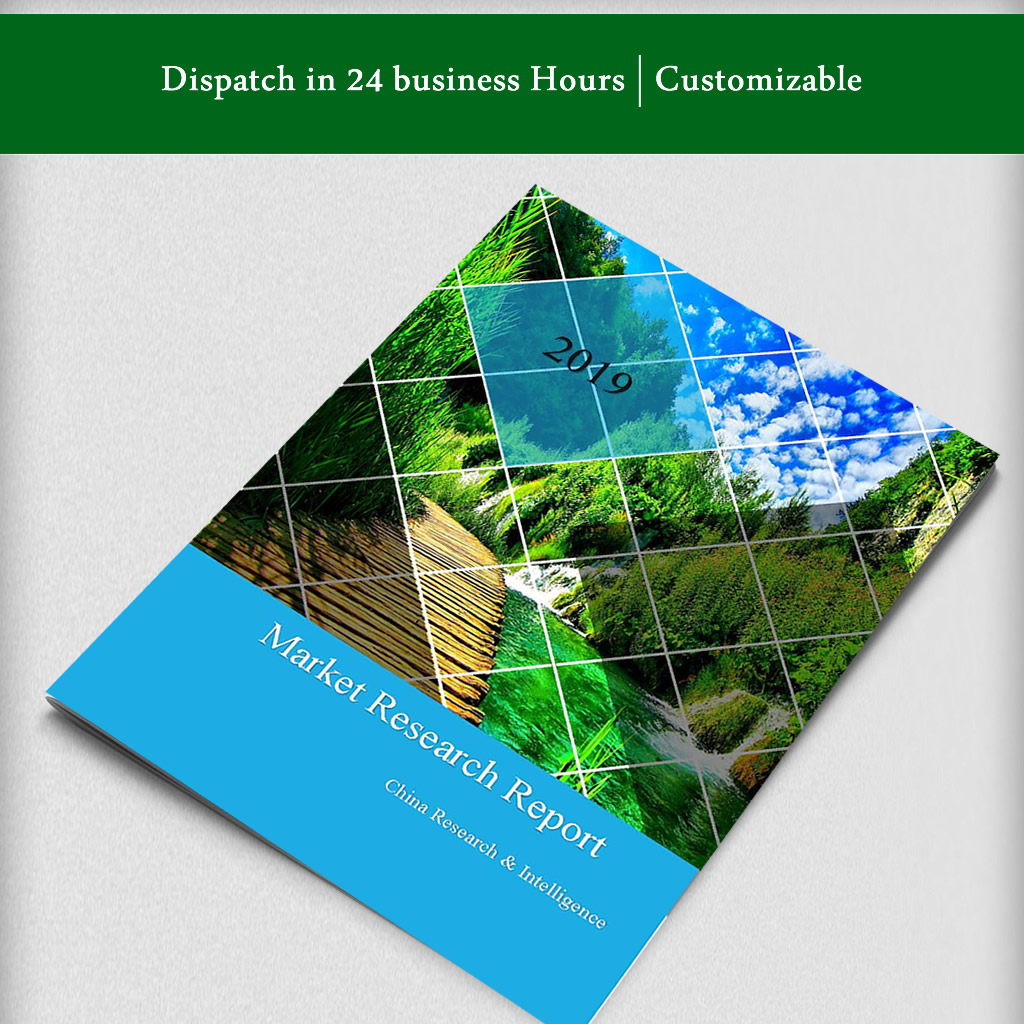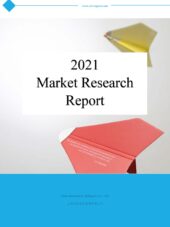Description
An updated verson of this topic: Research Report on Cotton Import in China, 2022-2030
China Cotton Import
According to CRI’s analysis, in recent years, the growth rate of China’s cotton spinning industry is slowing down and labor costs, land rent and the prices of other production factors are rising in China, which increases the costs of cotton planting and decreases the profits from and area of cotton planting.
Meanwhile, cotton production capacity is being transferred to Xinjiang from other parts of China. In 2018, the cotton planting area in China was about 3,352,000 hectares, increasing by 4.90% YOY. China is about to run out of cotton reserves and face a short supply of cotton. However, the growth of cotton planting area is restricted by land policies such as returning farmland to forest.
In particular, because of the rising labor costs of cotton planting, cotton fields in some regions have been turned into fields of other crops.
According to CRI’s analysis, the cotton output in China reached about 6.10 million tons in 2018, which increased by 7.80% YOY but was far lower than 7.60 million tons in 2008. The import volume of cotton in China reached 1,574,000 tons in 2018, increasing by 36.20% YOY. The sharp increase in the import volume was mainly attributable to the price advantage of imported cotton.
The Chinese government introduces quota administration for cotton import. It allocates tariff rate quota of 894,000 tons/year as required by the WTO. (The tariff rate on cotton in quota is only 1%, and at least 33% of the quota is reserved for state-owned enterprises.)
In Oct. 2018, it provided additional 800,000-ton sliding duty rate quota valid till Feb. 2019. (The tax rates on the cotton imports out of the tariff rate quota but in the sliding duty rate quota are in a floating range below 10%.) The tariff rates on cotton imports out of the tariff rate quota and sliding duty rate quota range from 40% to 125%, depending on the sources and varieties of cotton.
Many Chinese enterprises call on the Chinese government to cancel the quota administration for cotton import to cut import taxes. However, some state-owned enterprises firmly oppose the proposal because they benefit greatly from the quota administration. In the next few years, the quota administration will continue to exist in China.
With the escalation of the Sino-U.S. trade war, on Jun. 16, 2018, China’s State Council decided to place a 25% tariff on 659 U.S. products worth about USD 50 billion. The decision applied to USD 34 billion of U.S. exports including agricultural products, automobiles and aquatic products from Jul. 6, 2018. The tariff increase immediately affected the export of U.S. cotton to China.
Since Jun. 2018, Chinese enterprises have significantly reduced U.S. cotton orders, and Brazil have replaced China as the largest destination of U.S. cotton exports. Overall, China imported about 500,000 tons of cotton from the U.S. in 2017 while the U.S. exported 3.49 million tons of cotton in 2018.
China’s cotton imports from the U.S. took up a small proportion of U.S. cotton exports. Therefore, less orders from China had a limited impact on the export of U.S. cotton. However, in 2017, the cotton imported from the U.S. accounted for more than 40% of China’s cotton imports. In this context, the Sino-U.S. war had a great impact on cotton import in China.
According to CRI, from 2019 to 2023, the growth rate of China’s cotton spinning industry will continue to slow down. However, the domestic demand for cotton textiles will keep rising, and a large quantity of cotton textiles will be exported as usual because of price advantage. Therefore, the overall demand for cotton in China is expected to increase gradually from 2019 to 2023.
Restricted by production factors such as land rent and labor costs, cotton output in China can hardly rise and will even fall from 2019 to 2023. Therefore, the import volume of cotton in China will keep rising during this period.
Topics Covered:
– Economic and policy environments of cotton import in China
– Analysis on quota administration for cotton import in China
– Cotton import in China and major sources of China’s cotton imports from 2013 to 2018
– Analysis on major cotton importers in China
– Major driving forces and market opportunities for cotton import in China
– Forecast on Cotton Import in China, 2019-2023




